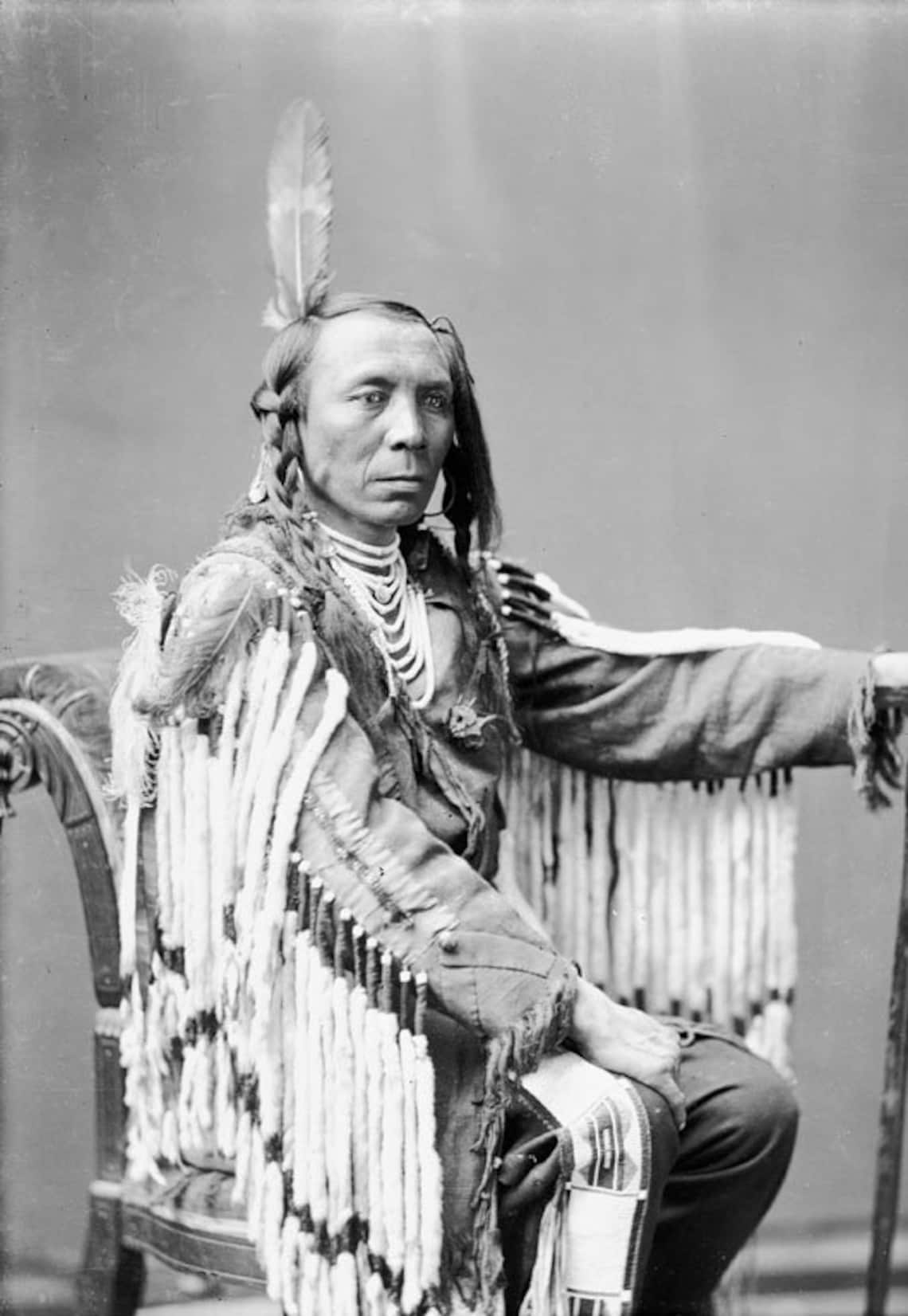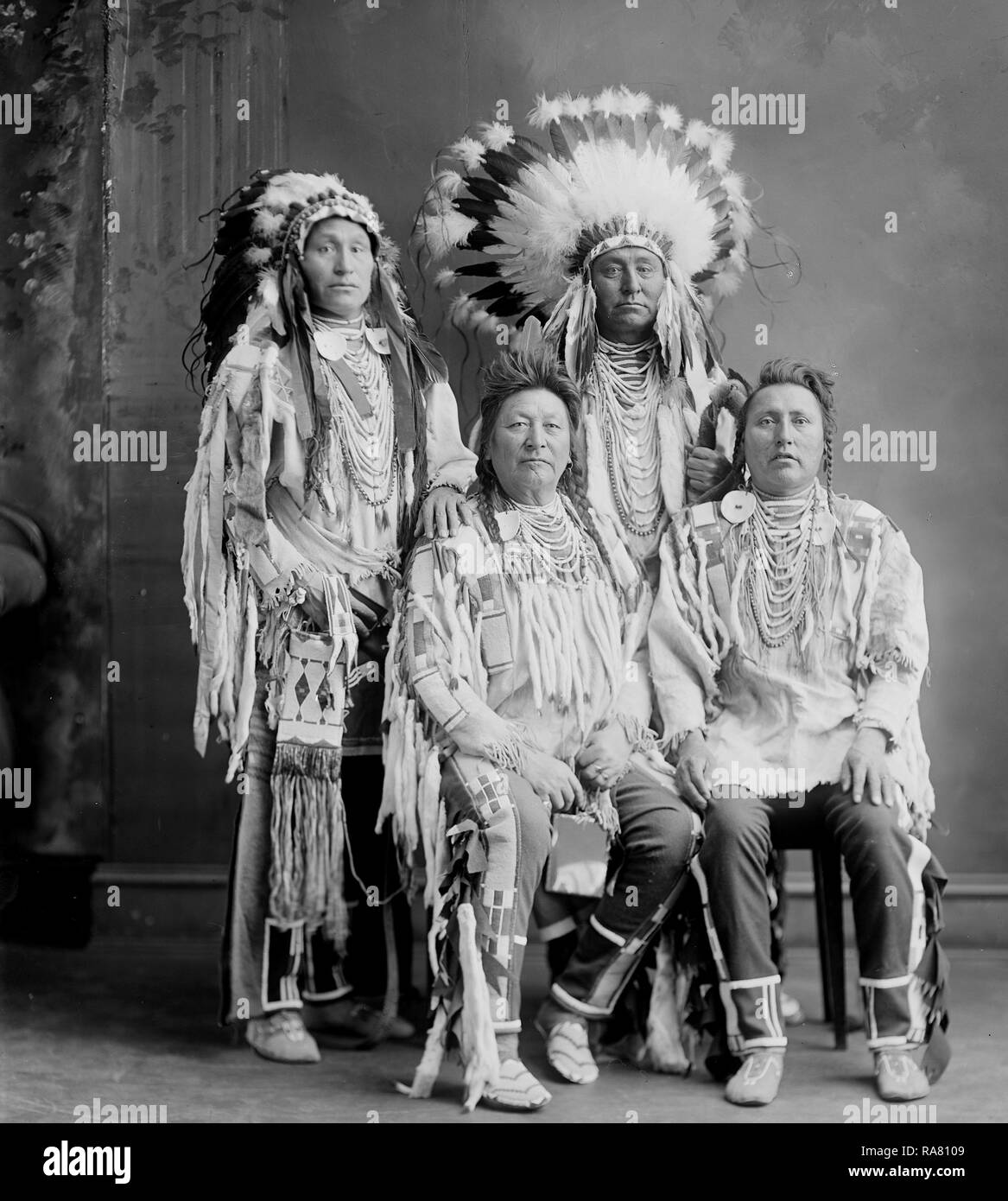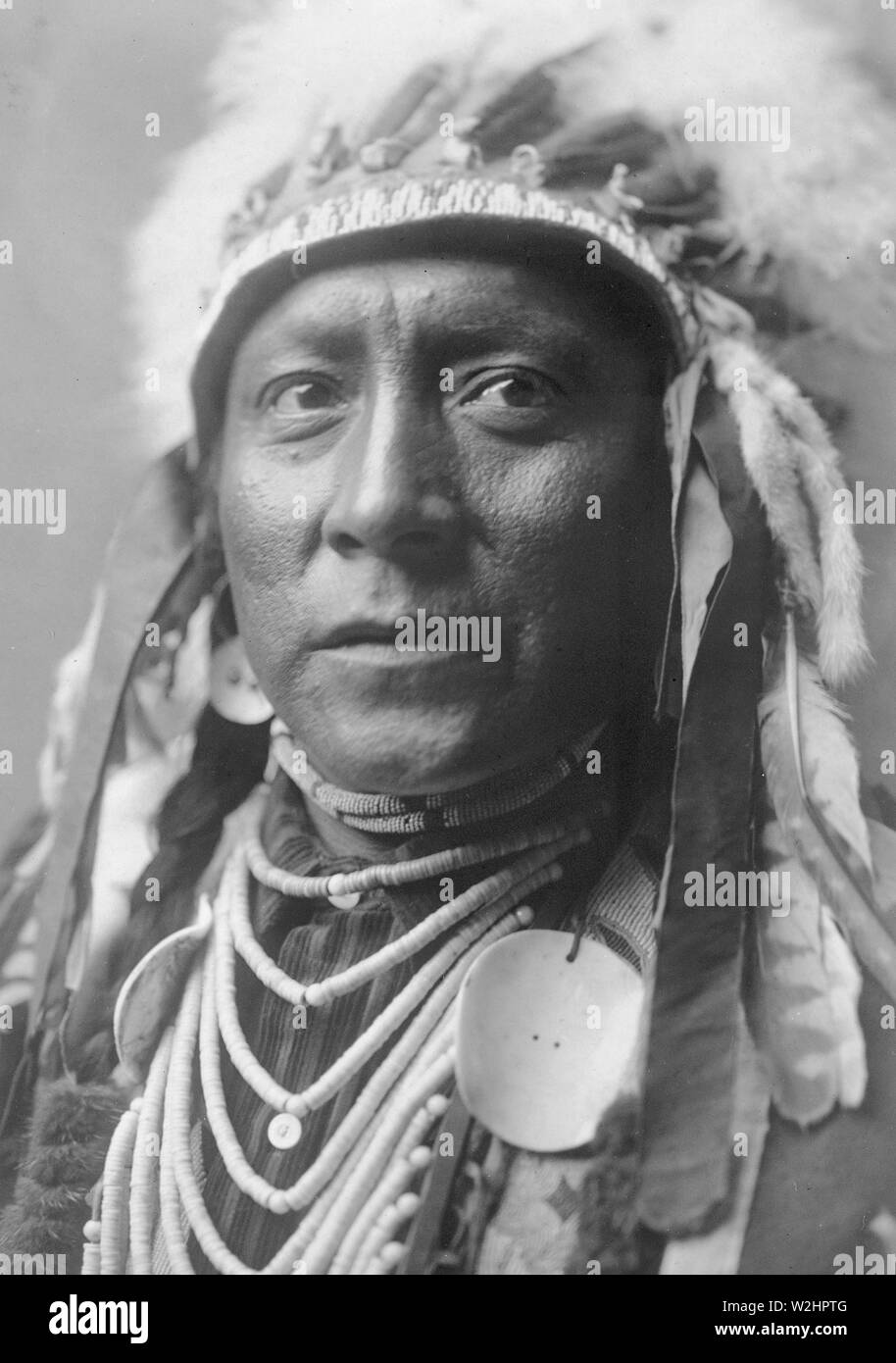
Echoes in the Canyon: The Enduring Legends of America, Through the Eyes of Old Crow
America, a nation forged from diverse landscapes and an even more diverse array of human experiences, is not merely a collection of states and cities. It is a vast, living tapestry woven from stories – myths, fables, tall tales, and historical accounts so embellished they have taken on the sheen of legend. These narratives, passed down through generations, are the bedrock of its identity, shaping its values, explaining its origins, and reflecting its hopes and fears. From the creation myths of its first peoples to the frontier sagas and the urban legends of today, America is a continent brimming with voices from the past, none perhaps more poignant and profound than those of its Indigenous inhabitants, epitomized by the wisdom of figures like the Crow chief, Plenty Coups, often revered as "Old Crow Indian."
To truly understand the legends of America is to embark on an archaeological dig into its collective psyche, uncovering layers of belief, conflict, and adaptation. Before the arrival of European settlers, the land pulsed with ancient narratives. The vast plains, the towering mountains, the winding rivers – each feature held a story, a spirit, a lesson. Among the most formidable and respected nations of the Northern Plains were the Apsáalooke, or Crow people, whose history is intertwined with the very landscape they inhabited. Their legends are not mere entertainment; they are living testaments to their world view, their spiritual connection to nature, and their understanding of human existence.
At the heart of Crow wisdom, and indeed, a bridge between the ancient world and the encroaching modern one, stands Plenty Coups (Alek-sand-a-lash), born around 1848. His life spanned a period of immense upheaval, witnessing the zenith of Crow power, the decimation of the buffalo, and the final subjugation of the Plains tribes. Yet, through it all, Plenty Coups remained a beacon of sagacity, his counsel sought by both his people and the encroaching white settlers. It is in his life, and the legends surrounding it, that we find a powerful distillation of the Native American experience and its enduring legacy.

The legends of Plenty Coups begin even before his birth, with prophecies and significant dreams. His most famous legend, however, is his profound vision quest as a young man. Driven by a desire to gain power and guidance for his people, he embarked on a solitary journey, fasting and praying in the wilderness. In his vision, he saw a buffalo herd driven off a cliff, replaced by cattle. He saw a great lodge where chiefs debated, and then a chickadee, a small, unassuming bird, emerged as the wisest of all. The chickadee, he understood, survived by observing, listening, and adapting, but crucially, by never relying solely on one type of food or one way of life.
This vision became the guiding principle of Plenty Coups’ leadership. He understood that the old ways, dependent on the buffalo, were doomed. He counselled his people to learn the ways of the white man, to adapt, not to fight a losing battle. His foresight led the Crow to align with the U.S. Army against their traditional enemies, such as the Lakota and Cheyenne, a pragmatic decision that ultimately helped them retain a significant portion of their ancestral lands. This act of strategic alliance, born from a spiritual vision, is a testament to the dynamic nature of Indigenous legends – they are not static tales, but living guides for survival and flourishing.
Plenty Coups’ legacy, the "Old Crow Indian" whose wisdom transcended cultural divides, is also marked by his role as the only Native American chief to represent all tribes at the dedication of the Tomb of the Unknown Soldier in Arlington National Cemetery in 1921. There, he laid his war bonnet and coup stick upon the tomb, offering a prayer in the Crow language, a symbolic act of peace and shared sacrifice. He spoke of the shared humanity, a powerful statement from a man who had seen his world turned upside down. This act, too, has become a legend, a moment of profound unity amidst a history often defined by conflict. "I am glad to be here and represent all the Indian people," he stated. "This is a great day for America. I hope that the Great Spirit will always watch over this country and that the white man and the Indian will always live as brothers."
Beyond the specific sagas of Plenty Coups, Crow legends encompass a rich cosmology. Coyote, the trickster, appears frequently, bringing both chaos and creation, teaching lessons through his often-humorous misadventures. The Sun and the Moon, the Creator and the various animal spirits – all play roles in explaining the world, its origins, and humanity’s place within it. These stories are not just narratives; they are moral frameworks, ecological textbooks, and spiritual guides, emphasizing respect for all living things and the interconnectedness of existence.
As the continent was settled by Europeans, new legends began to sprout, often clashing with, and at times actively suppressing, the Indigenous narratives. The frontier became a fertile ground for tales of superhuman strength and courage. Figures like Daniel Boone and Davy Crockett, mountain men and pioneers, were elevated to legendary status, their exploits exaggerated to embody the rugged individualism and relentless expansion that defined the nascent American spirit. These were legends of conquest, of taming the wilderness, of forging a new destiny.
Then came the giants of American folklore: Paul Bunyan, the colossal lumberjack whose axe carved out lakes and rivers, accompanied by his blue ox, Babe; and Pecos Bill, the cowboy raised by coyotes, who rode a mountain lion and lassoed a tornado. These tall tales, born from the imaginations of laborers and settlers, served to mythologize the Herculean efforts required to build a nation, transforming the harsh realities of logging, ranching, and railroad construction into epic sagas of human ingenuity and resilience against nature’s might. John Henry, the "steel-driving man," whose heart burst in a race against a steam drill, became a poignant legend of the industrial age, celebrating human strength and dignity in the face of technological advancement, while simultaneously lamenting its dehumanizing potential.
The 20th century saw the proliferation of a different kind of legend: the urban myth and the modern mystery. Bigfoot, a colossal ape-like creature said to roam the Pacific Northwest, embodies humanity’s enduring fascination with the unknown and the wild places that still exist, even in a hyper-connected world. The Mothman of West Virginia, a winged humanoid creature whose appearance presaged disaster, taps into collective anxieties and the search for meaning in inexplicable events. These contemporary legends, often spread through word-of-mouth and now amplified by the internet, reflect a society grappling with its own technological prowess and its lingering fears of the supernatural and the unseen.
What unites these disparate threads – from the ancient wisdom of Plenty Coups to the towering Paul Bunyan and the elusive Bigfoot – is their profound power to shape national identity. Legends provide a shared vocabulary, a common set of references that bind a people together. They are not merely stories of the past; they are active forces in the present, influencing how Americans perceive themselves, their history, and their place in the world. They teach moral lessons, explain natural phenomena, and offer hope or caution.

The journalistic style demands that we look beyond mere storytelling to the why and how these legends persist. They endure because they speak to universal human experiences: the quest for meaning, the struggle against adversity, the desire for heroes, and the need to understand the inexplicable. They adapt and evolve, retold through different mediums, but their core messages resonate.
In the figure of Plenty Coups, the "Old Crow Indian," we find a powerful reminder that America’s narrative is incomplete without acknowledging the deep well of wisdom that existed on this continent long before it was called America. His legends, born of vision and pragmatism, speak of adaptation, respect for the land, and the enduring spirit of a people. They stand as a counterpoint to narratives of conquest, reminding us that true strength often lies not in domination, but in understanding and living in harmony with the world around us.
Today, as America grapples with its complex history and strives for a more inclusive future, the legends continue to be retold, reinterpreted, and sometimes, rediscovered. They are not just dusty relics of a bygone era; they are living narratives, echoing in the canyons and across the plains, in the bustling cities and quiet towns. They are the soul of a nation, reminding us that to understand America, one must first listen to its stories, especially those ancient whispers from the heart of the land itself, passed down through figures like the sagacious Plenty Coups, the unforgettable "Old Crow Indian."


